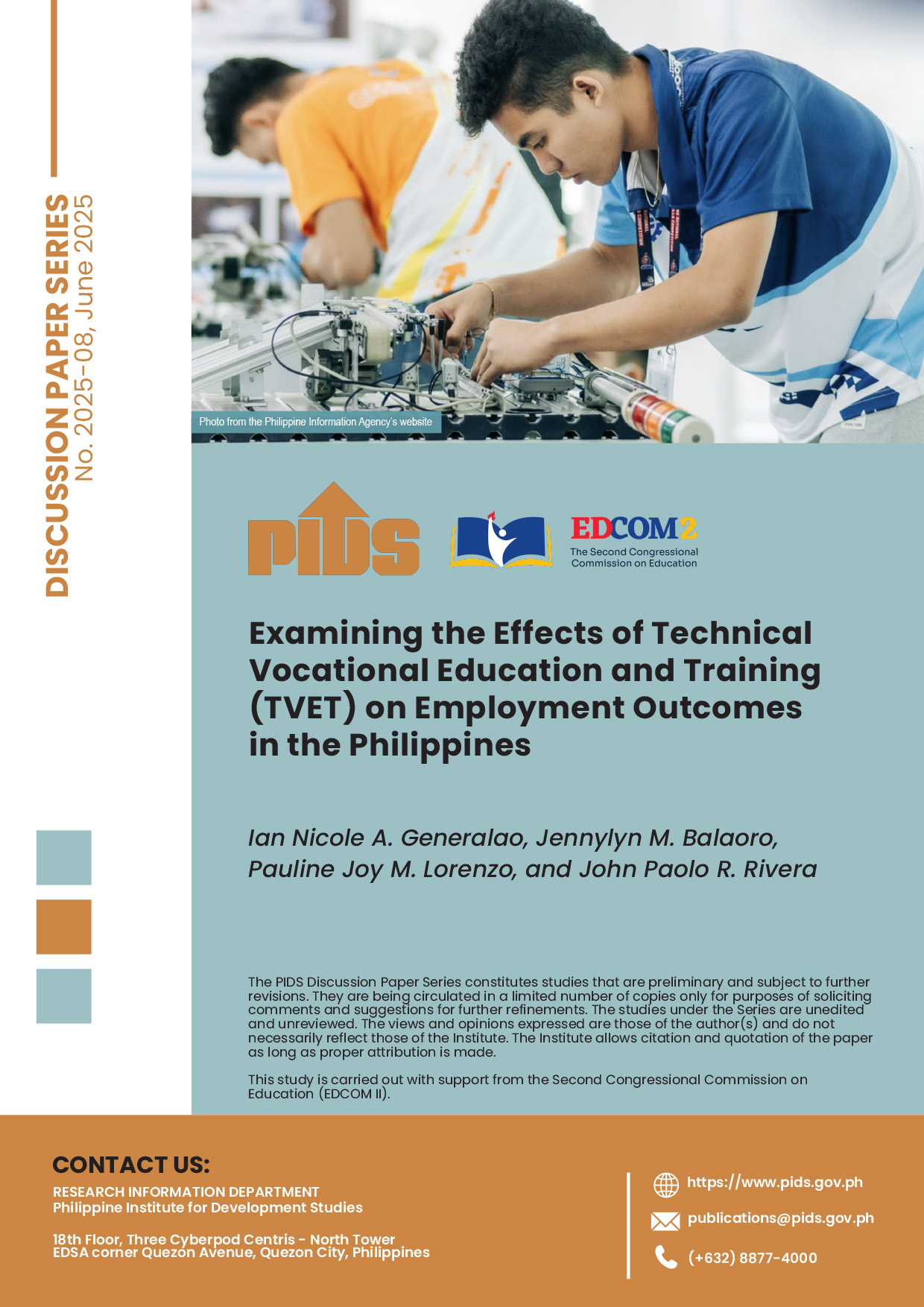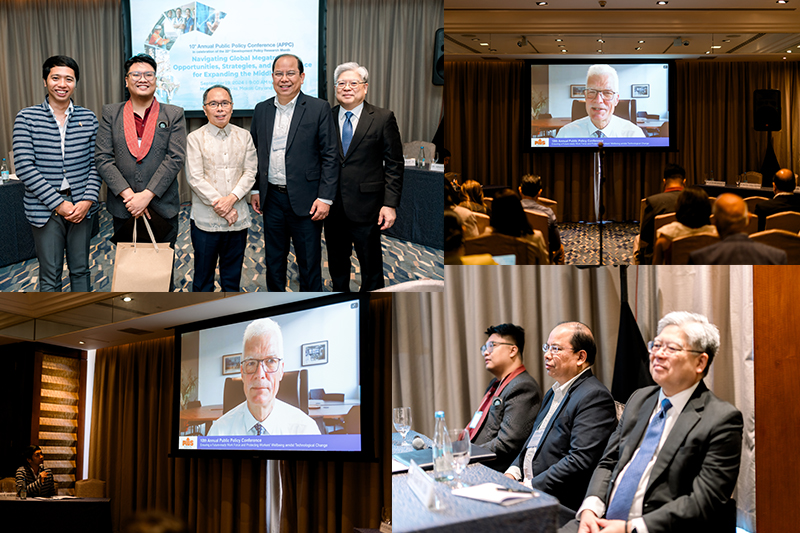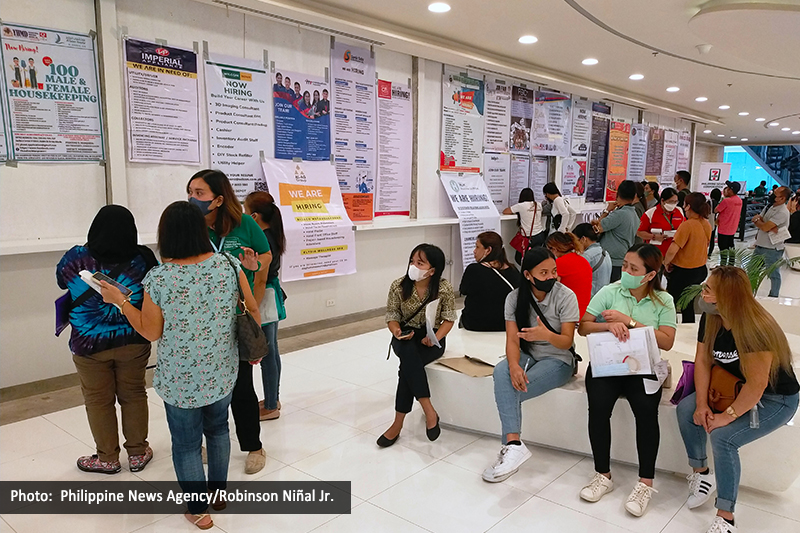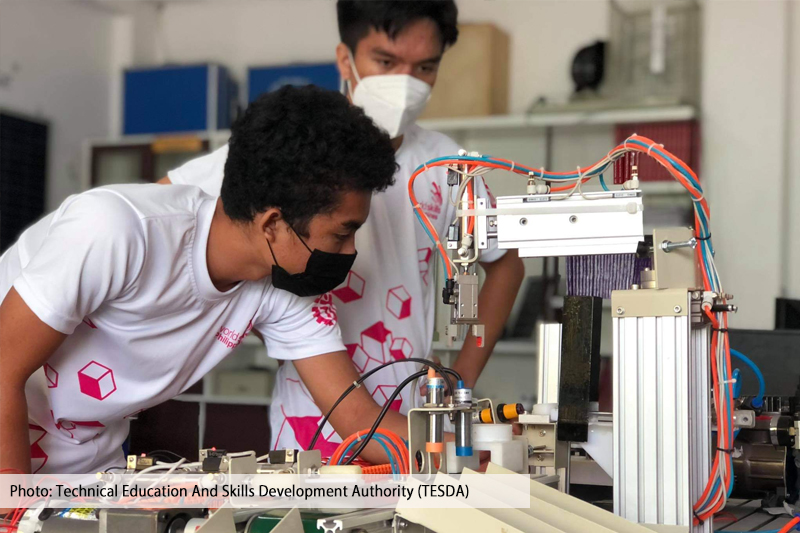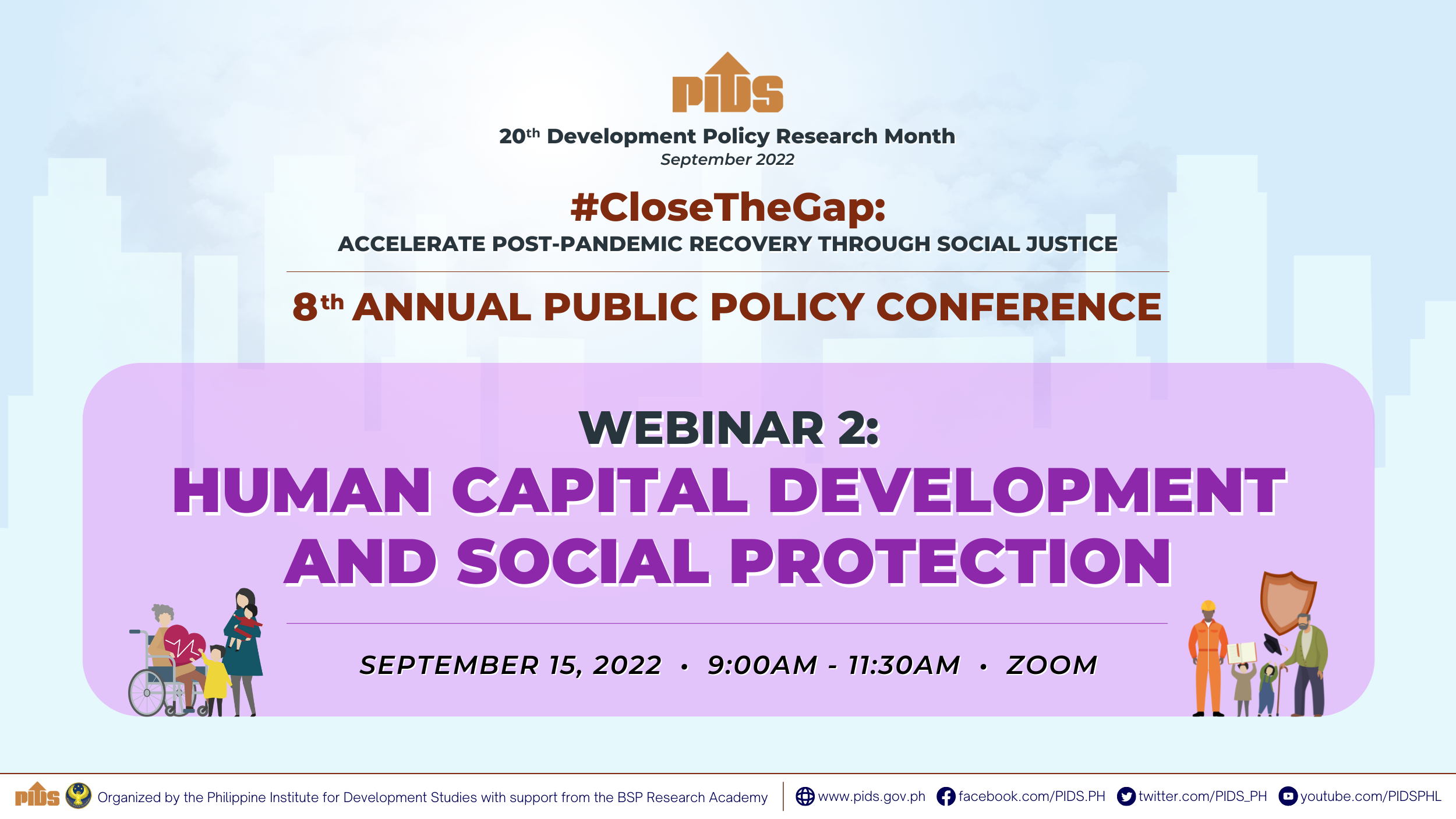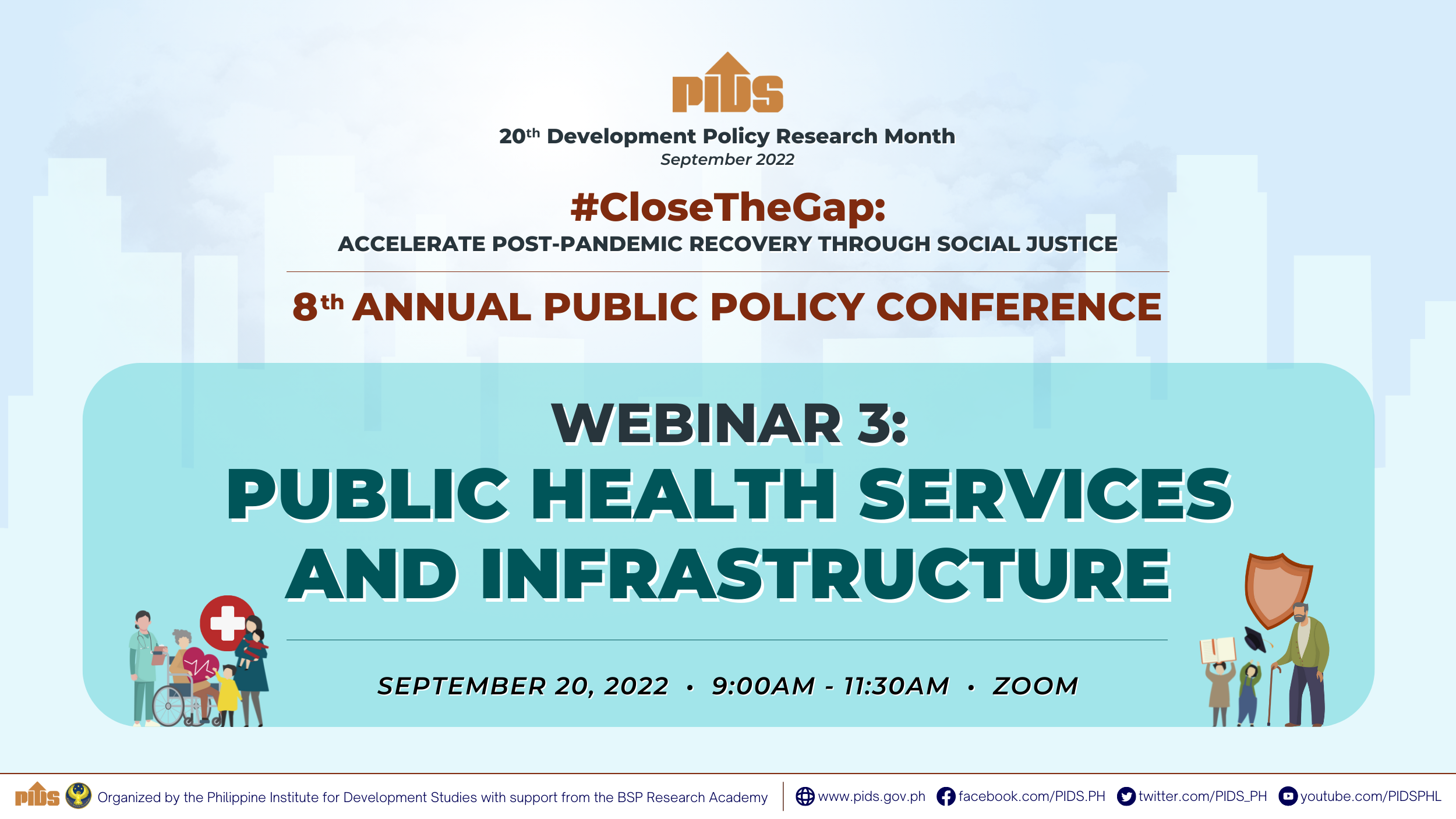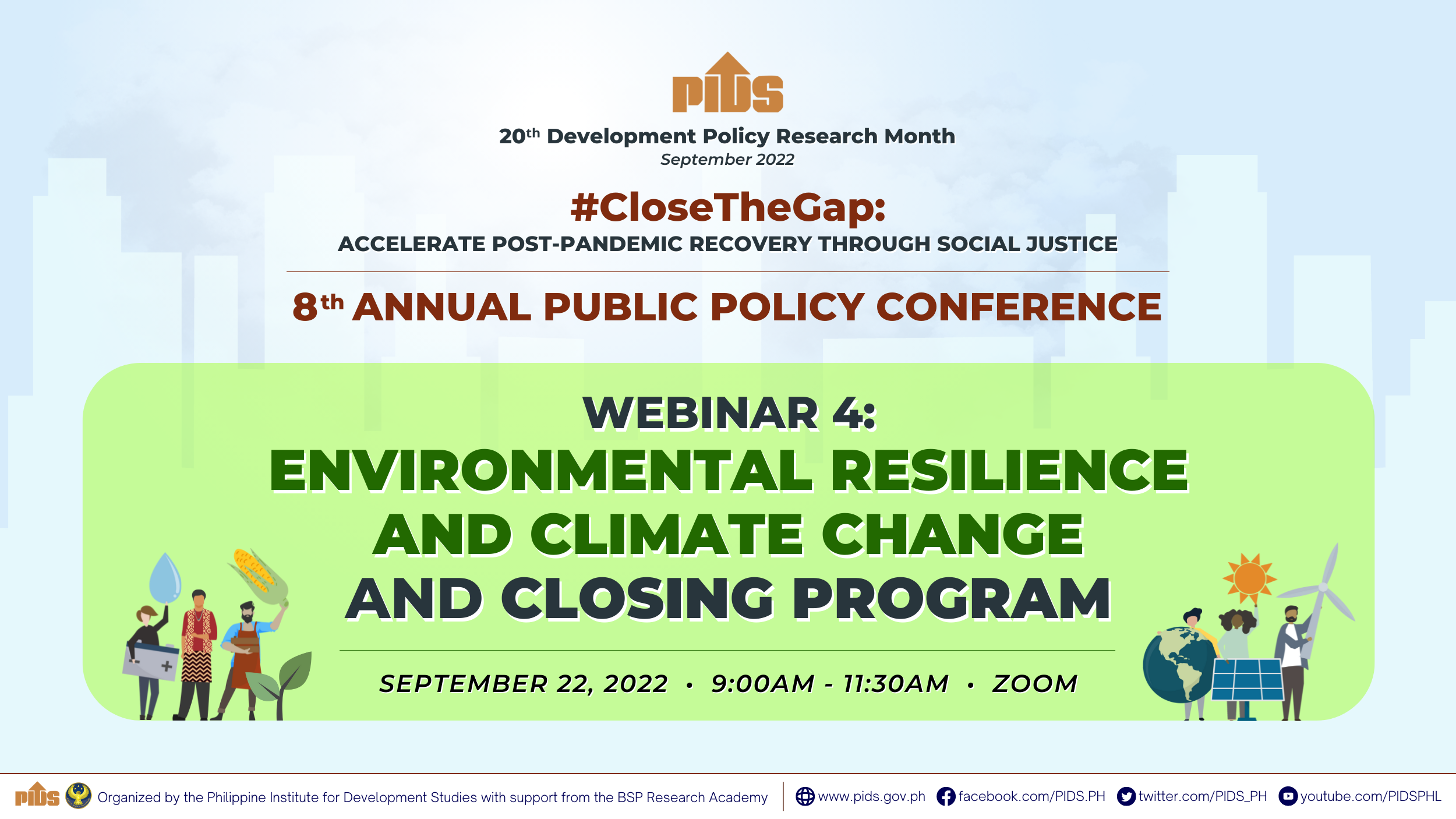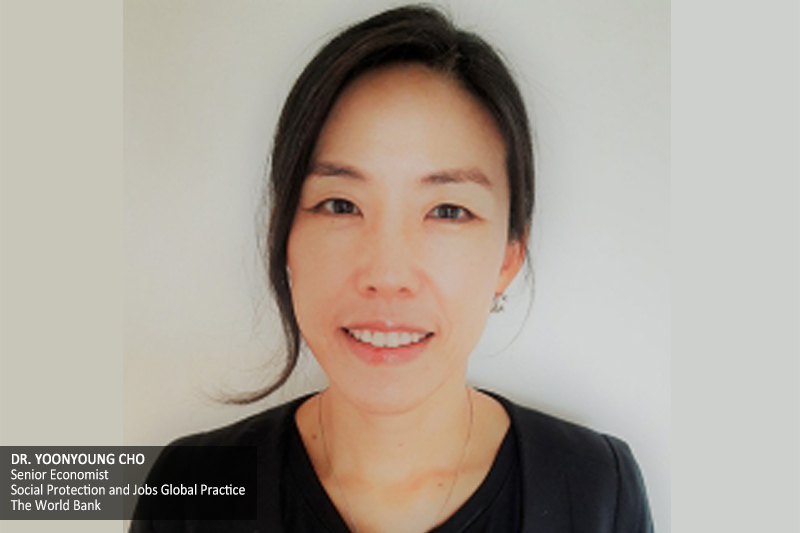
The impacts of the COVID-19 pandemic reversed the country’s economic and labor sector gains in the past decade.
This was pointed out by Yoonyoung Cho, senior economist at the World Bank, during the last of the four-part webinar series of the 7th Annual Public Policy Conference (APPC).
According to Cho, the Philippines had an average of 6.4-percent gross domestic product growth rate between 2010 and 2019, making it one of the fastest-growing economies in the Asia-Pacific region. Employment also grew annually by 2.17 percent in the same decade that generated enough wage employment. The quality of jobs also improved as transitions to non-agriculture employment increased.
However, while high-paying jobs were growing faster, many low-productivity jobs were still absorbing a lot of workers.
“High-paying jobs were growing fast, but…agriculture and wholesale were still absorbing majority of the workers. These are low-paying and slow-growing sectors,” Cho said.
The country also faced several challenges in terms of quality of education, labor market disparities, the changing nature of work brought about by the Fourth Industrial Revolution, and the greater attention to climate change and green economy that “requires additional strategies for the future job market”, among others.
Cho noted that these problems worsened when the pandemic began and the government started implementing lockdowns that severely affected industries and the labor sector.
“Firms have reacted in terms of their operation, and that has major implications on the labor market. They decreased [the number of] employees, which created unemployment. They [reduced] the [number of] working hours because the operation was not at full capacity, [which then] created underemployment. [There have been] changes in work arrangements, allowing for work-from-home schemes. A reduction in wages and benefits [lowered] the income of workers,” Cho explained.
The labor economist recognized the government’s various responses to address the impacts of the pandemic on the labor market. However, she said that these interventions “may not have been sufficient” due to the magnitude of the COVID-19 shock.
Further, Cho highlighted some priority areas in the labor sector that the government can focus on apart from its COVID-19 recovery efforts.
One is job generation by ensuring macroeconomic stability, promoting ease of doing business, and investing in human capital.
Another is workforce development by improving employability and promoting skills development and mobility of workers.
Third is green, resilient, and inclusive development to ensure that labor market interventions are aligned with the country’s green and resilient agenda.
Cho also identified three measures that can help develop the current workforce: identify the country’s fast-growing sectors; build on sectors that are already doing well, such as services; and ensure an inclusive workforce by “enhancing productivity for the large number of low-productivity workers and [linking them to] social protection programs”.
For the future workforce, Cho emphasized the importance of prioritizing health and nutrition, improving the quality of primary education, and promoting secondary education, especially the completion of senior high school.
The APPC is the main and culminating activity of the Development Policy Research Month celebration led by the Philippine Institute for Development Studies every September. This year’s theme is “Reset and Rebuild for a Better Philippines in the Post-Pandemic World”, or in Filipino, “Muling Magsimula at Magtayo Tungo sa Mas Matatag na Pilipinas Pagkatapos ng Pandemya”. ###
Watch the video of this seminar at https://www.facebook.com/PIDS.PH/videos/1434336450295683 and https://www.youtube.com/watch?v=qhh4E8ynZPw&t=354s.
For more videos of PIDS events, go to https://www.pids.gov.ph/videos.
This was pointed out by Yoonyoung Cho, senior economist at the World Bank, during the last of the four-part webinar series of the 7th Annual Public Policy Conference (APPC).
According to Cho, the Philippines had an average of 6.4-percent gross domestic product growth rate between 2010 and 2019, making it one of the fastest-growing economies in the Asia-Pacific region. Employment also grew annually by 2.17 percent in the same decade that generated enough wage employment. The quality of jobs also improved as transitions to non-agriculture employment increased.
However, while high-paying jobs were growing faster, many low-productivity jobs were still absorbing a lot of workers.
“High-paying jobs were growing fast, but…agriculture and wholesale were still absorbing majority of the workers. These are low-paying and slow-growing sectors,” Cho said.
The country also faced several challenges in terms of quality of education, labor market disparities, the changing nature of work brought about by the Fourth Industrial Revolution, and the greater attention to climate change and green economy that “requires additional strategies for the future job market”, among others.
Cho noted that these problems worsened when the pandemic began and the government started implementing lockdowns that severely affected industries and the labor sector.
“Firms have reacted in terms of their operation, and that has major implications on the labor market. They decreased [the number of] employees, which created unemployment. They [reduced] the [number of] working hours because the operation was not at full capacity, [which then] created underemployment. [There have been] changes in work arrangements, allowing for work-from-home schemes. A reduction in wages and benefits [lowered] the income of workers,” Cho explained.
The labor economist recognized the government’s various responses to address the impacts of the pandemic on the labor market. However, she said that these interventions “may not have been sufficient” due to the magnitude of the COVID-19 shock.
Further, Cho highlighted some priority areas in the labor sector that the government can focus on apart from its COVID-19 recovery efforts.
One is job generation by ensuring macroeconomic stability, promoting ease of doing business, and investing in human capital.
Another is workforce development by improving employability and promoting skills development and mobility of workers.
Third is green, resilient, and inclusive development to ensure that labor market interventions are aligned with the country’s green and resilient agenda.
Cho also identified three measures that can help develop the current workforce: identify the country’s fast-growing sectors; build on sectors that are already doing well, such as services; and ensure an inclusive workforce by “enhancing productivity for the large number of low-productivity workers and [linking them to] social protection programs”.
For the future workforce, Cho emphasized the importance of prioritizing health and nutrition, improving the quality of primary education, and promoting secondary education, especially the completion of senior high school.
The APPC is the main and culminating activity of the Development Policy Research Month celebration led by the Philippine Institute for Development Studies every September. This year’s theme is “Reset and Rebuild for a Better Philippines in the Post-Pandemic World”, or in Filipino, “Muling Magsimula at Magtayo Tungo sa Mas Matatag na Pilipinas Pagkatapos ng Pandemya”. ###
Watch the video of this seminar at https://www.facebook.com/PIDS.PH/videos/1434336450295683 and https://www.youtube.com/watch?v=qhh4E8ynZPw&t=354s.
For more videos of PIDS events, go to https://www.pids.gov.ph/videos.

